College of Science, Engineering & Technology
Unisa's illustrious scholar encourages innovation
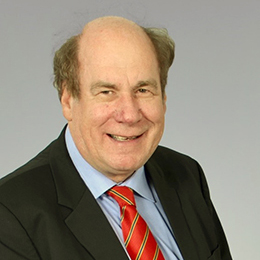
Prof Lukas Snyman
Prof Lukas Snyman, from the Institute of Nanotechnology and Water Sustainability (iNanoWS) at the College of Science, Engineering and Technology (CSET), recently received three awards at the 12th annual Research and Innovation (R&I) Awards. In this feature, Snyman details one of his award-winning inventions, the 650 Nanometer Wavelength Silicon Avalanche Light Emitting Device – the first patent granted in examining jurisdictions, under the category: Innovation and Commercialisation Awards.
Snyman says the 650 Nanometer Silicon Avalanche Mode Light Emitting Device was granted in 2022 as a European Patent by the European Patent Agency and is currently filed as a second patent in several European countries. He continues: "This was after an extremely rigorous patent evaluation process by European international examiners. The same application is also currently considered in the USA and China. The Department of Innovation Technology Transfer and Commercialisation at Unisa has facilitated the process through South African lawyers."
About the innovation
Light Emitting Diodes (LEDs) continue to have a massive impact on today's technologies because of their versatility. At length, Snyman says LEDs have revolutionised devices, appliances and international technology in all facets of life in recent years, including the invention of tiny LEDs that can be fabricated at millimetre and micron dimensions in blue, green and red, which are currently used in computers, televisions, cellphone screens and a variety of display components on appliances. He adds that various colours can be generated by activating them in combination; they create images at high definition and clarity.
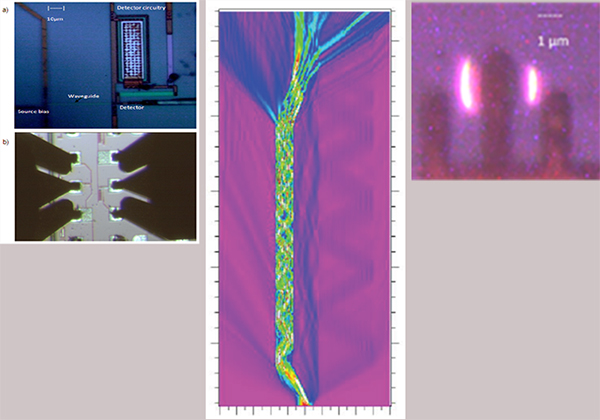
Photomicrographs of the realised silicon LED emitting at 650 nm wavelength colour on a silicon microchip
Continuous research into more efficient and innovative LEDs
As a trained semiconductor physicist, Snyman, his students and colleagues have been active in this field for years, generating about 15 local and international patents. Their latest invention, he states, was developed in collaboration with the École Supérieure d'Ingénieurs en Électrotechnique et Électronique (ESIEE), a Technical University in Paris, France, in developing a model for generating a small white LED of extremely small dimension, even up to Nanometer level, in standard silicon material, and at relatively high intensity at 650 nm wavelength. He says this can be easily integrated into electronic chips and multiprocessors.
Snyman posits that this technology when used in conjunction with other semiconductor devices integrated on the same chip, can now be applied to generate advanced micro and nanosensors that will be able to monitor environmental parameters such as temperature, light intensity, and colours and even identify gases and biomaterials on small device areas. "Typically," he continues, "these can be fabricated on watches, cellphones and various appliances in multiple fields soon. Additionally, since this particular LED can be switched on and off at Giga Hertz speeds, it can also be used for futuristic low-cost 'optical fibre' and Wi-Fi communication at micron dimension for the so-called futuristic 'optical signal processing' on a chip."
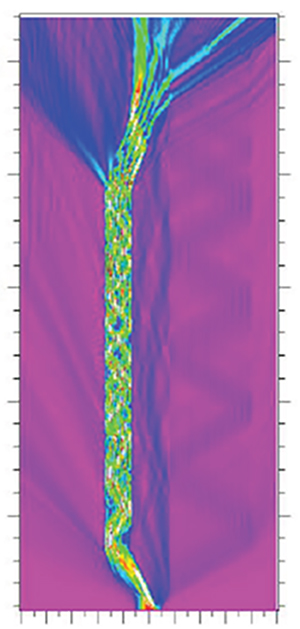
Simulation of optical propagation in small 'waveguides' on a microchip
The mindset of an innovator
"Firstly, you need exposure and experience in a particular field; then, you need to be a lateral thinker to actively model and investigate all possible ways to improve a particular characteristic," explains Snyman. He continues: "Then, you must actively investigate that environment and seek markets and possible applications for your inventions." He also notes that one needs to be a good communicator and collaborator since these attributes are necessary to engage with others to take ideas and inventions into the business and commercial world. "Only then can an invention lift off and have a huge impact on society," he states.
Snyman is a C-rated researcher with the National Research Foundation of South Africa. He is currently on a research visit to China. One of his objectives there, is to market his patents and actively seek collaborators.
#Unisa150
* By Godfrey Madibane, Acting Journalist, Department of Institutional Advancement
Publish date: 2023-05-25 00:00:00.0

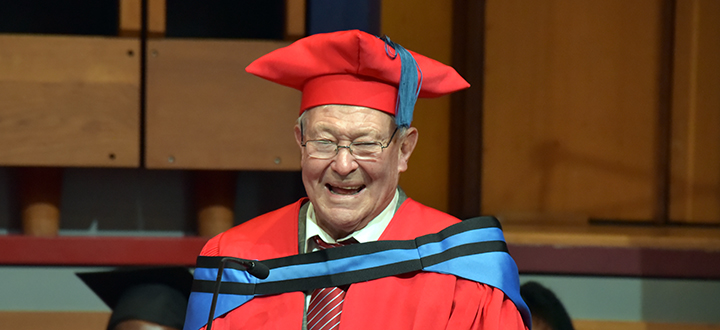 Community champion and agricultural entrepreneur extraordinaire honoured by Unisa
Community champion and agricultural entrepreneur extraordinaire honoured by Unisa
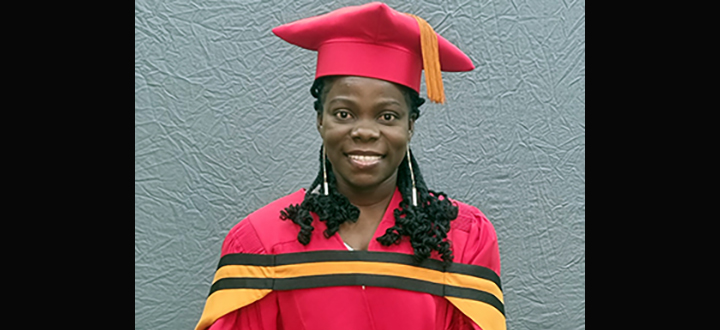 Ghanaian-born Swede earns PhD in Information Sciences from Unisa
Ghanaian-born Swede earns PhD in Information Sciences from Unisa
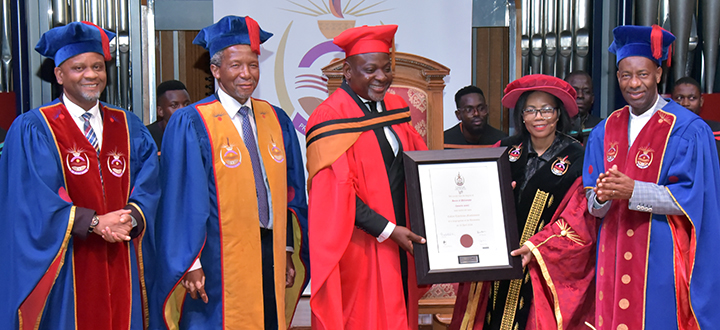 Unisa awards honorary doctorate to exemplary philanthropist and entrepreneur Collen Tshifhiwa Mashawana
Unisa awards honorary doctorate to exemplary philanthropist and entrepreneur Collen Tshifhiwa Mashawana
 Inhlanyelo Hub explores financing and sustainability at the International Conference on Business Incubation
Inhlanyelo Hub explores financing and sustainability at the International Conference on Business Incubation
 Unisa remains anchored among the waves
Unisa remains anchored among the waves